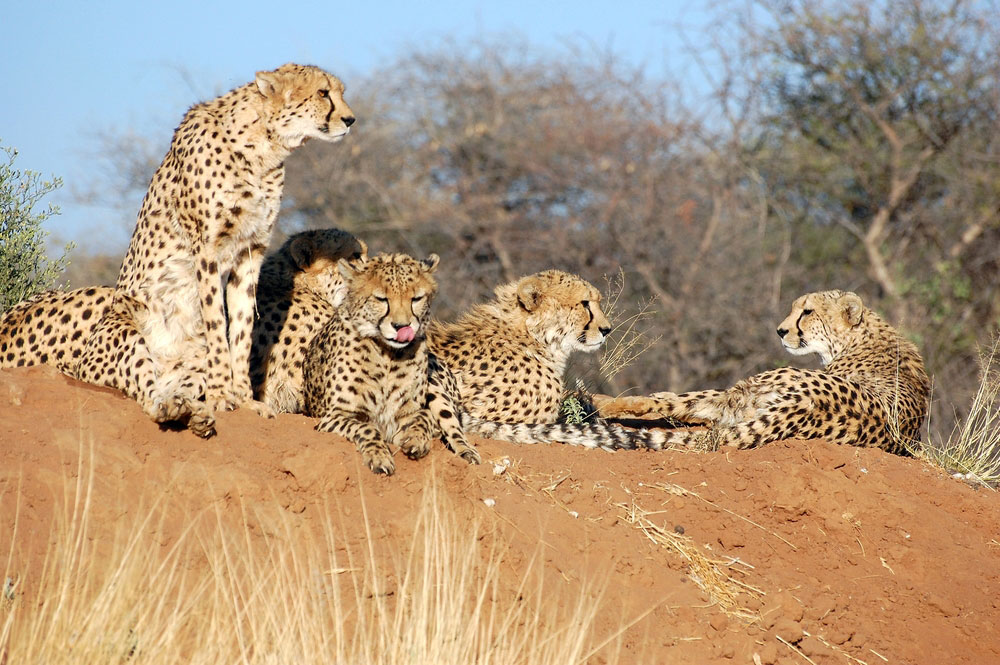A cheetah conservation agency in Namibia has expressed enthusiasm for India’s proposal to reintroduce the cheetah in India but cautioned that the process will be long and difficult.
The Cheetah Conservation Fund has offered to work with central and state government agencies and the Wildlife Institute of India, Dehradun, to reintroduce the cheetah in the Indian landscape.
The Supreme Court had earlier this week allowed the government to try and reintroduce the cheetah from Africa on an experimental basis.
India had been part of the Asiatic cheetah’s historic range, but the species went locally extinct in the early 1950s.
Cheetahs, the world’s fastest land mammal and Africa’s most endangered big cat, currently exist in fragmented populations in pockets of Africa, occupying only 9 per cent of their historic range.
The single largest population of cheetahs occupy a six-country polygon that spans Namibia, Botswana, South Africa, Angola, Mozambique and Zambia, according to the CCF, an agency founded in 1990 and focused on the conservation of cheetahs and their ecosystems.
“To save cheetahs from extinction, we need to create more permanent places for them on Earth. And India has areas of grasslands and open forest habitat,” said Laurie Marker, the CCF’s founder and executive director.
“We’re excited about the (proposal) and the hope that it provides for long-term cheetah survival,” she said in a media release. “Reintroduction will be a long and difficult process but we accept the challenge.”
Marker had begun consulting with the Indian government in 2009 when the Union environment and forests ministry initiated discussions for possible reintroduction.
Marker and other members of the International Union for Conservation of Nature visited India for a series of meetings and returned in 2011 to conduct site visits to determine habitat suitability, prey base and the presence of any natural predators.
Conservation scientists have earlier indicated that the Kuno area in Madhya Pradesh is a likely site for the cheetah’s reintroduction.
The CCF said any movement of cheetahs into India would be done through the Convention on International Trade in Endangered Species of Flora and Fauna.
“The CCF will consult with governments from countries that may provide the cheetahs and will assist in identifying those to be included in the pilot programme,” the agency said.










